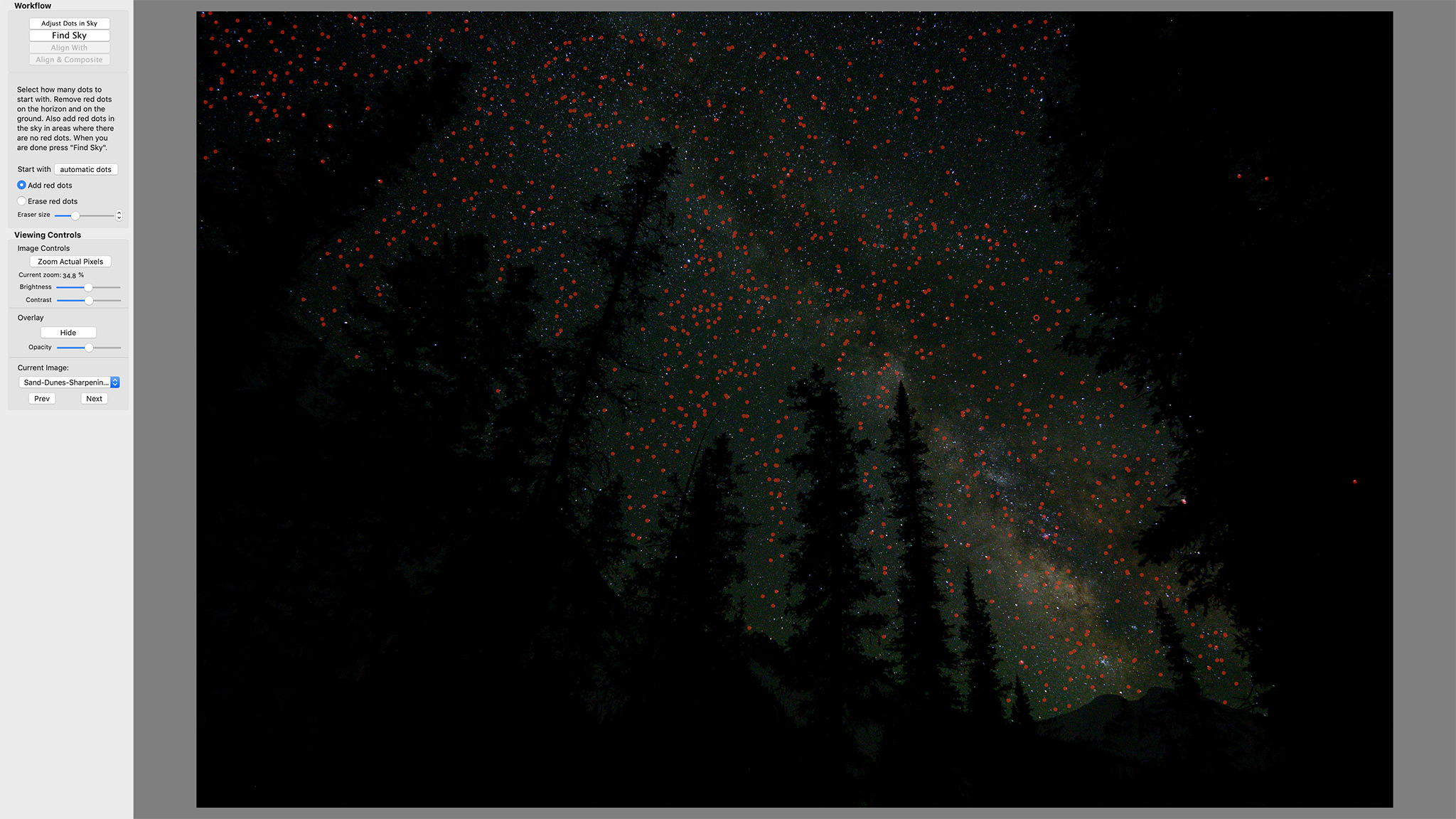
- #Star stacking software for pc manual#
- #Star stacking software for pc full#
- #Star stacking software for pc registration#
- #Star stacking software for pc iso#
#Star stacking software for pc manual#
Additionally, a manual alignment capability makes it also well fitted for amateur astronomers having feature-less or bad quality images that automatic tools fail to align properly.

#Star stacking software for pc registration#
The new star detection registration is perfect for deep sky images, but there are also two automatic translation-only registrations, one more suited for full-image planetary and bright nebula images, based on Fourier transform, and another more simple targeted at deep-sky images, based on PSF on a single reference star. It is still not capable of doing multi-point registration and stacking, which is required for high resolution imagery like planetary imaging. Siril is now fully capable to pre-process and process deep sky images and lucky imaging deep-sky sequences. It also features some processing tools like photometric colour correction and histogram transformation. Using scripts, Siril can produce a stacked image from a set of directories on the click of a button. It provides a more user-friendly interface than Iris' command line as well as more modern and powerful processing algorithms. Siril is targeted to amateur astronomers having acquired images and wanting to process them in a semi-automatic way. There are separate cables for Sony, Canon, etc.This image was processed using Siril, see other processing results.
#Star stacking software for pc full#
Use the Nikon 10-pin connection for pro full frame Nikons that support the 10-pin connection, other Nikons (including some full frames) need the USB cable. Just make sure you get the correct remote (or cable) for you camera. The Promote has replaceable cables, and I've gone through a few of them, but in the long run the Promote is cheaper than continuing to buy less expensive remotes. I used to use the Shutterboss as my primary remote, but I went through 3 of them in a year because the cables kept breaking. I love the Promote, but the Vello Shutterboss or Neewer intervalometers work well, but note that almost any intervalometer seems to have an issue with cable reliability. Some cameras, like many of the full frame Nikons, have a built in intervalometer that can be used, or you can get an external remote/intervalometer. You can take the shots manually by just hitting the shutter button multiple times, but a much easier way is to use an intervalometer that can be programmed to shoot X amount of shots at Y seconds each. If you can't get rid of it, you can leave in the vignetting, or you can color correct the magenta fringing.
#Star stacking software for pc iso#
Try ISO 3200 or less if you are experiencing this. The solution here is to use a low enough ISO to prevent or at least minimize the amplification noise.

This happens because the amount of light hitting the edges, in particular the corners, of the frame is much less than the amount of light hitting the center of the frame due to the vignetting of the lens, and if the light level is dark enough then you're not overcoming the amplification/circuitry noise of the sensor and camera, so boosting the dark areas shows that noise. In some cameras, if you're star stacking with shutter speeds of around 10 seconds or less and your lens has strong vignetting at the aperture you're using, you could end up with very strong magenta color noise issues along the edges of the frame when you apply vignette correction in your raw editor, which brightens the dark edges, revealing the color noise.

Blending the static foreground shot with the star tracker shot would require dealing with blending the blurred foreground of the star tracker shot with the sharp foreground of the static shot. I do this anyways even without a tracker so that I can get detail and low noise in my foreground. This is fine if you’re just doing shots of the sky without a foreground, but if you’re capturing the foreground then it will blur in the star tracked exposures, so if you want a sharp foreground you’ll need a separate exposure (or more than one) of the foreground with the tracker turned off. You can certainly do this, but that requires lugging around the star tracker, and polar aligning the tracker every time you move your tripod. Before we get into star stacking, you might be wondering if you could just us a star tracker, a device that sits on top of your tripod and turns with the rotation of the earth so that your camera can follow the stars, capturing long exposures with no star movement.


 0 kommentar(er)
0 kommentar(er)
